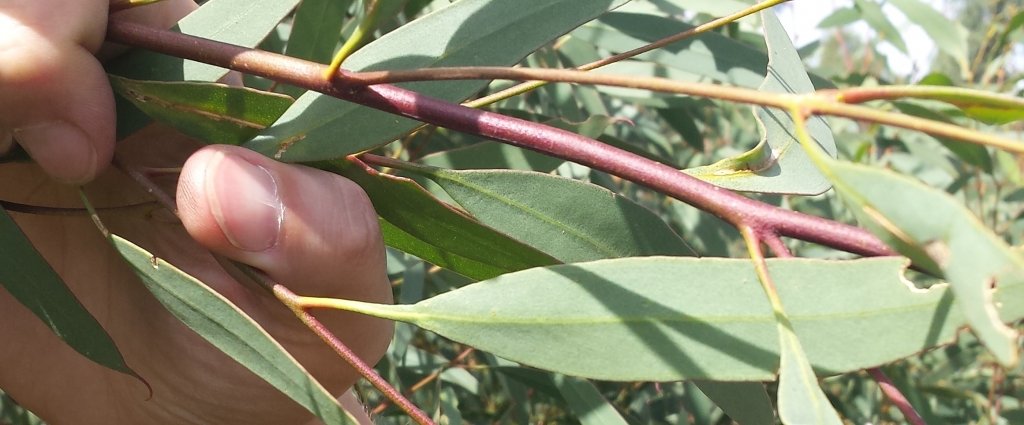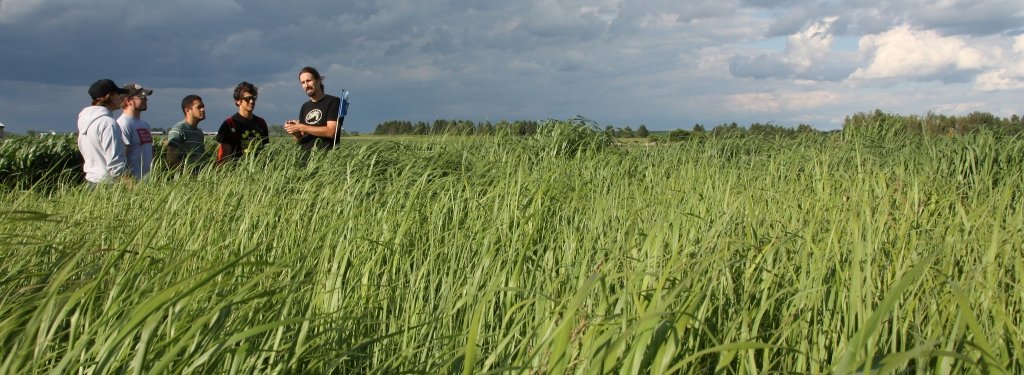Biofuel for Jets Could Cut Carbon Emissions Over 80 Percent
The seeds of a lowly weed could cut jet fuel's cradle-to-grave carbon emissions by 84 percent.
David Shonnard, Robbins Chair Professor of Chemical Engineering, conducted an analysis of jet fuel made from camelina oil to measure its carbon dioxide emissions over the course of its life cycle, from planting to tailpipe. "Camelina jet fuel exhibits one of the largest greenhouse gas emission reductions of any agricultural feedstock-derived biofuel I've ever seen," he said. "This is the result of the unique attributes of the crop--its low fertilizer requirements, high oil yield, and the availability of its coproducts, such as meal and biomass, for other uses."
Camelina sativa originated in Europe and is a member of the mustard family, along with broccoli, cabbage and canola. Sometimes called false flax or gold-of-pleasure, it thrives in the semi-arid conditions of the Northern Plains; the camelina used in the study was grown in Montana.
Oil from camelina can be converted to a hydrocarbon green jet fuel that meets or exceeds all petroleum jet fuel specifications. The fuel is a "drop-in" replacement that is compatible with the existing fuel infrastructure, from storage and transportation to aircraft fleet technology. "It is almost an exact replacement for fossil fuel," Shonnard explained. "Jets can't use oxygenated fuels like ethanol; they have to use hydrocarbon replacements."
Shonnard conducted the life cycle analysis for UOP LLC, of Des Plaines, Ill., a subsidiary of Honeywell and a provider of oil refining technology. In an April 28 release, it cited Boeing executive Billy Glover, managing director of environmental strategy, who called camelina "one of the most promising sources for renewable fuels that we've seen."
"It performed as well if not better than traditional jet fuel during our test flight with Japan Airlines earlier this year and supports our goal of accelerating the market availability of sustainable, renewable fuel sources that can help aviation reduce emissions," Glover said. "It's clear from the life cycle analysis that camelina is one of the leading near-term options and, even better, it's available today."
Because camelina needs little water or nitrogen to flourish, it can be grown on marginal agricultural lands. "Unlike ethanol made from corn or biodiesel made from soy, it won't compete with food crops," said Shonnard. "And it may be used as a rotation crop for wheat, to increase the health of the soil."
Tom Kalnes is a senior development associate for UOP in its renewable energy and chemicals research group. His team used hydroprocessing, a technology commonly used in the refining of petroleum, to develop a flexible process that converts camelina oil and other biological feedstocks into green jet fuel and renewable diesel fuel.
As to whether we will all be flying in plant-powered aircraft, his answer is, "It depends."
"There are a few critical issues," Kalnes said. "The most critical is the price and availability of commercial-scale quantities of second generation feedstocks. Today the cost for camelina, and other second-generation feedstock options like jatropha and algae, remains higher than the cost of crude oil, and there are still only limited amounts available. Further technology development is needed to drive down the costs and ramp up to commercial-scale harvesting. We are seeing great momentum in this area and believe that biofuels made using camelina will be commercially available for blending into the diesel and jet fuel supplies in the next three to five years. This is much sooner than many imagined."
Additionally, more farmers need to be convinced to grow a new crop, and refiners must want to process it.
"But if it can create jobs and income opportunities in rural areas, that would be wonderful," he said.
Michigan Technological University is a public research university founded in 1885 in Houghton, Michigan, and is home to more than 7,000 students from 55 countries around the world. Consistently ranked among the best universities in the country for return on investment, Michigan’s flagship technological university offers more than 120 undergraduate and graduate degree programs in science and technology, engineering, computing, forestry, business and economics, health professions, humanities, mathematics, social sciences, and the arts. The rural campus is situated just miles from Lake Superior in Michigan's Upper Peninsula, offering year-round opportunities for outdoor adventure.




Comments